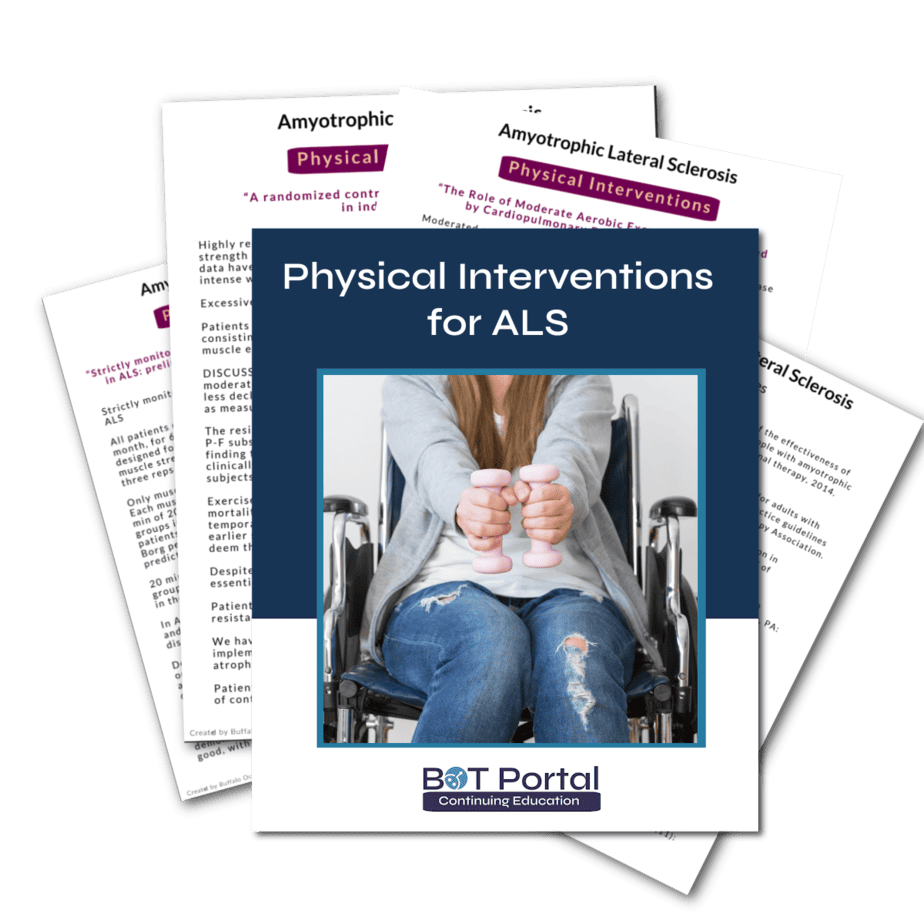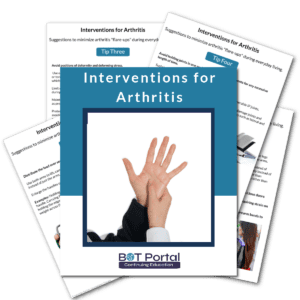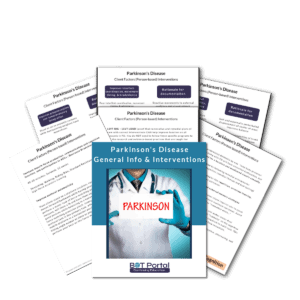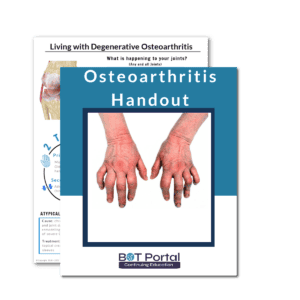Description
Physical Interventions for ALS
Our multi-page resource delves into the effectiveness of strictly monitored physical interventions like exercise programs (SMEPs) in reducing motor deterioration in individuals with amyotrophic lateral sclerosis (ALS). ALS, also known as Lou Gehrig’s disease, is a progressive neurodegenerative disorder that affects nerve cells in the brain and spinal cord, leading to muscle weakness, paralysis, and respiratory failure.
The study examined patients treated daily for 2 weeks each month, for 6 consecutive months, according to an exercise program designed for each subgroup, including cycloergometer activity. Only muscles with strength greater than 3 MRC (Medical Research Council) were treated, with each muscle group subjected to three sets of three repetitions. The exercise regimen included 20 minutes of flexion-extension movements per minute in six muscle groups in the upper and lower limbs, followed by stretching exercises. Exercise intensity was monitored based on perceived fatigue and heart rate.
In ALS, muscle weakness may worsen if physical activity is avoided, leading to cardiovascular deconditioning and disuse weakness. Despite the potential benefits of exercise programs like SMEPs, they may not impact survival, respiratory function, or quality of life compared to usual care protocols. However, participants in the SMEP group reported an improvement in subjective well-being after each exercise session, indicating a positive response to the intervention.
Occupational therapy practitioners play a crucial role in implementing exercise programs and supporting individuals with ALS in maintaining their functional independence and quality of life. Recommendations for occupational therapy practitioners include:
- Collaborating with other members of the healthcare team to design individualized exercise programs tailored to each patient’s needs and capabilities.
- Monitoring exercise intensity and progression to ensure safety and effectiveness.
- Providing education and support to encourage adherence to the exercise regimen and promote a positive outlook on physical activity.
- Incorporating stretching and passive exercises to maintain joint flexibility and prevent contractures.
- Evaluating the subjective well-being and perceived benefits of exercise sessions to adjust the program as needed and enhance patient engagement.
What is included?
- 4 pages of physical interventions for ALS
Some other helpful links:
Check out BOT Portal: Resource Site for Occupational Therapy Students and Practitioners




